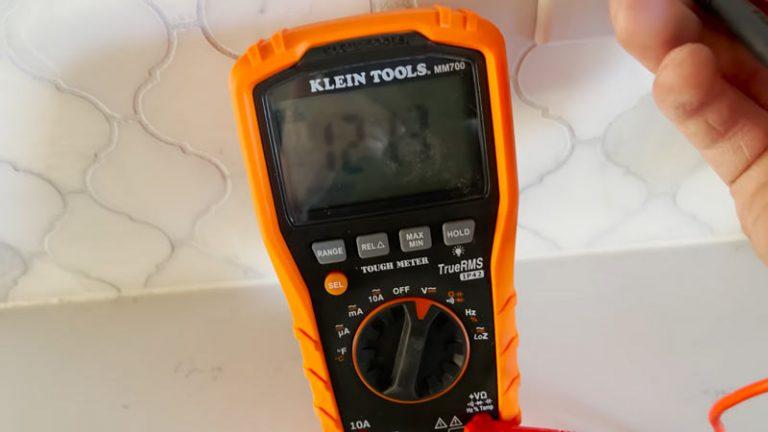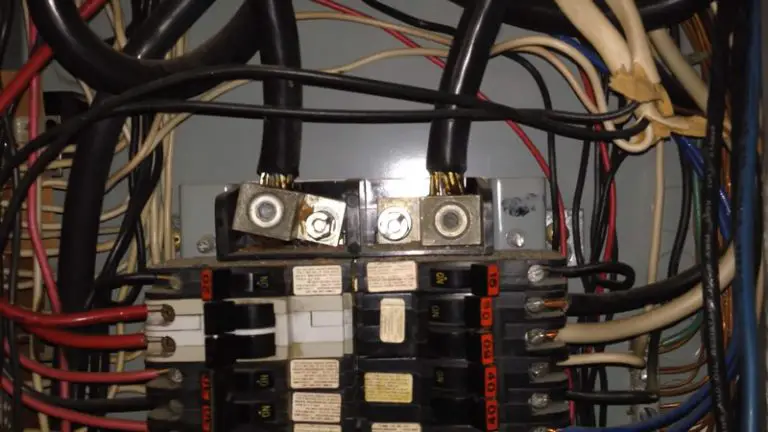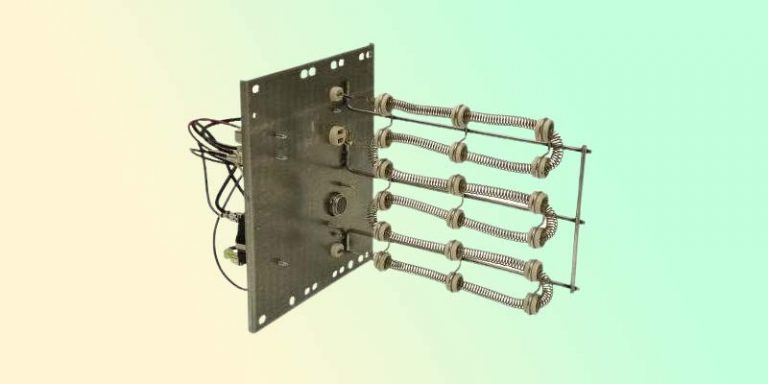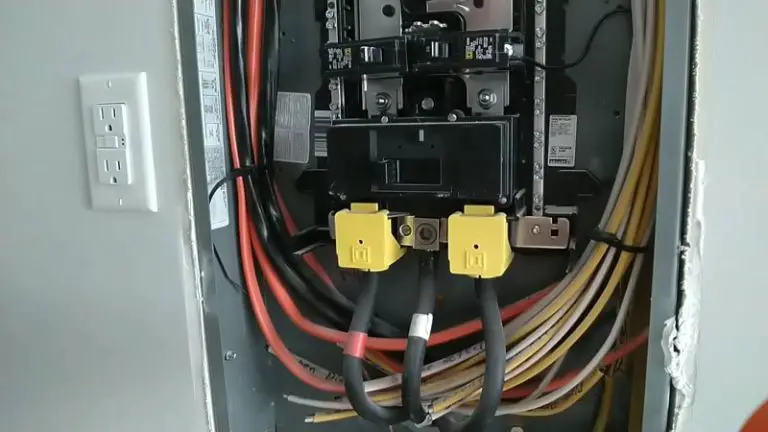15 SWD Breaker Meaning Revealed: Is Your Home At Risk?
You’re staring at your home’s electrical panel, a metal box full of switches that you hope you never have to touch. You notice the small labels on one of the breakers: “15 SWD.” The “15” seems straightforward enough, but “SWD” might as well be a secret code. What does it mean, and more importantly, is it the right breaker for the job?
This confusion is a common problem for homeowners. Cryptic electrical jargon can leave you feeling powerless and concerned about your home’s safety. Ignoring these labels isn’t an option, as using the wrong type of circuit breaker can create serious hazards, including electrical fires. This guide is here to demystify the “15 SWD breaker meaning” and empower you to understand what’s happening inside your electrical panel.
You'll Learn About
What is a Circuit Breaker and Why Does it Matter?
Think of a circuit breaker as the guardian of your home’s electrical system. Its primary job is to protect your wiring and appliances from dangerous electrical surges. When too much electricity flows through a circuit, either from an overload (too many devices plugged in) or a short circuit (a wiring fault), the breaker automatically trips, shutting off the power before wires can overheat and start a fire.
Understanding the labels on these crucial safety devices is the first step toward ensuring your electrical system is functioning correctly and safely. Each number and letter provides vital information about the breaker’s specific purpose and limitations.
Decoding Your Breaker: What “15 SWD” Actually Stands For
Let’s break down this common label piece by piece. The combination of “15” and “SWD” tells an electrician everything they need to know about the breaker’s intended use and capacity. For a homeowner, it provides peace of mind that the right component is installed for the job.
The “15”: Understanding Amperage Rating
The number “15” on your circuit breaker refers to its amperage rating, or “amps.” Amperage is the measure of the electrical current, or the volume of electricity flowing through the wires. A 15-amp breaker is designed to protect a circuit that uses wiring capable of handling up to 15 amps of current safely.
In a typical home, 15-amp circuits are used for general lighting and standard outlets in bedrooms, living rooms, and hallways. These circuits power everyday items like lamps, TVs, computers, and phone chargers. It is critically important that the breaker’s amperage matches the circuit’s wire gauge. Never replace a 15-amp breaker with a 20-amp breaker without upgrading the wiring, as this creates a severe fire risk.
The “SWD” Mystery: Switching Duty Rated
This is where many homeowners get stuck. The letters “SWD” stand for “Switching Duty.” This designation means the breaker has been specifically designed and tested to be safely and repeatedly used as a switch to turn lights on and off. While you can technically turn any breaker on and off, standard breakers are not built for frequent switching and can wear out prematurely if used this way.
The primary application for SWD-rated breakers is for controlling fluorescent lighting loads, often found in commercial settings, workshops, or garages. Fluorescent lights create a high inrush of current when they are first turned on, which puts significant stress on the switching mechanism. An SWD breaker is built with more durable components to handle this stress over thousands of cycles without compromising its ability to trip during an overcurrent event. It is typically only found on 15 and 20-amp single-pole breakers.
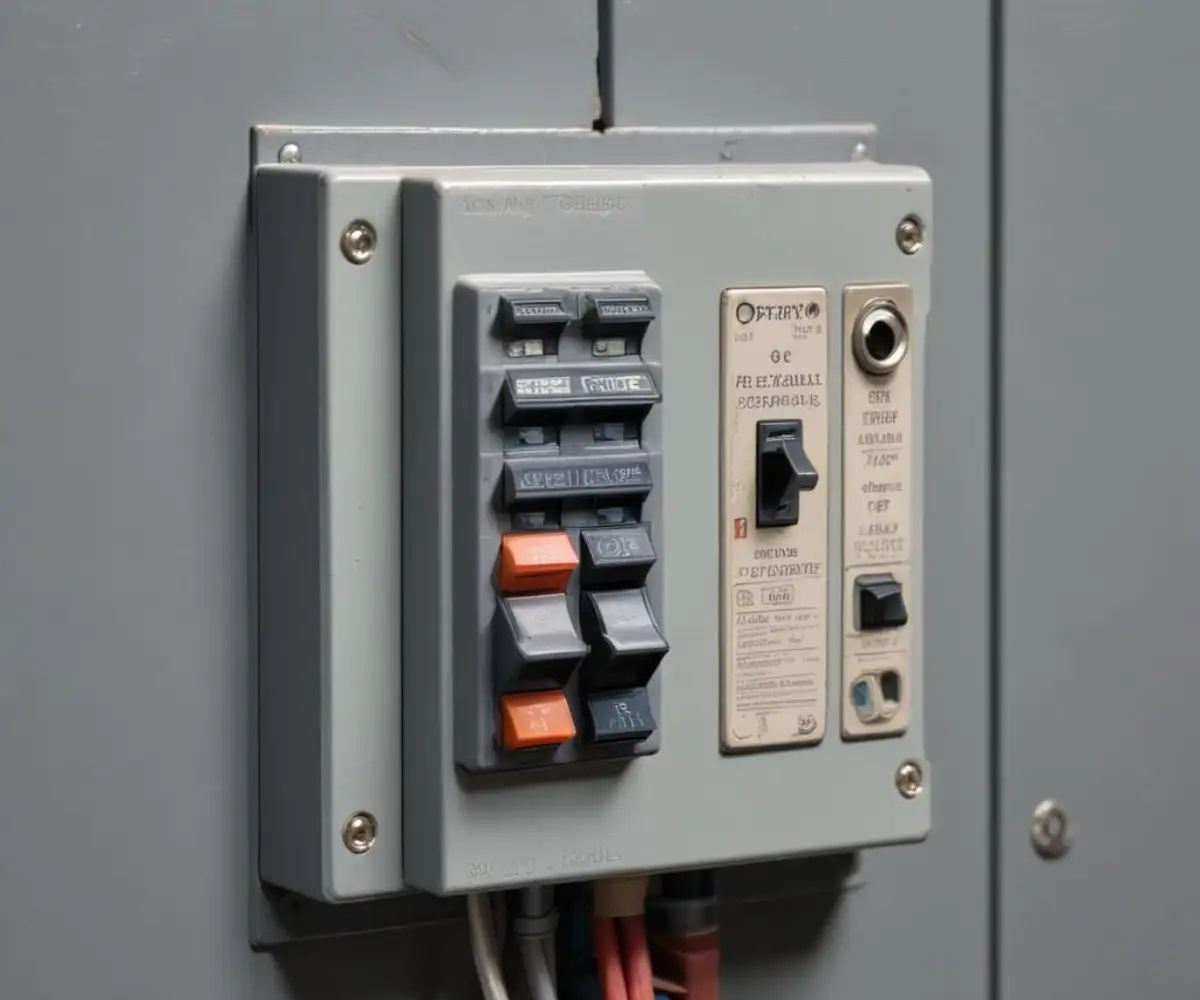
SWD vs. HID: A Critical Distinction
While browsing for breakers, you might also see the “HID” designation. It is crucial not to confuse the two, as they serve very different purposes. Understanding the difference is key to preventing circuit damage and maintaining a safe electrical environment.
What is an HID Breaker?
“HID” stands for “High-Intensity Discharge.” These breakers are designed for use with high-intensity discharge lamps, such as those found in streetlights, parking lot fixtures, and large industrial or stadium lighting. These types of lights have an even more powerful and prolonged inrush of current as their ballasts ignite the lamp.
An HID breaker is constructed with heavier-duty contacts and stronger springs to manage the immense heat and current generated during this ignition period. Using a standard or SWD-rated breaker for an HID lighting circuit is a code violation and a significant safety hazard, as it will lead to the breaker’s rapid failure.
Why You Can’t Swap Them
The internal mechanisms of Standard, SWD, and HID breakers are fundamentally different, tailored to the specific electrical loads they are designed to protect. Using the wrong one can lead to overheating, arcing, and failure to trip when needed. The following table breaks down the key differences to help you understand their unique roles.
| Feature | Standard Breaker | SWD Breaker | HID Breaker |
|---|---|---|---|
| Primary Use | General purpose circuits (outlets, incandescent lights) | Frequent switching of fluorescent lighting | Frequent switching of High-Intensity Discharge lighting |
| Stands For | N/A | Switching Duty | High-Intensity Discharge |
| Key Design Feature | Protects against overloads and short circuits | Durable switch mechanism for fluorescent inrush current | Handles very high inrush current from HID ballasts |
| Common Application | Bedrooms, living rooms | Garages, workshops, commercial spaces | Industrial facilities, parking lots, stadiums |
| Interchangeable? | No, use for specified load only | No, do not use for HID loads | No, specific to HID lighting |
Your Questions Answered: Practical Guide to 15 SWD Breakers
Now that you understand the technical meaning, let’s address some of the most common, real-world questions and concerns homeowners have about these specific breakers. This section tackles the practical side of dealing with 15 SWD breakers in your own home.
Do I Need an SWD Breaker in My Home?
For the vast majority of residential applications, the answer is no. Most lighting in homes is controlled by a dedicated wall switch, not the circuit breaker itself. Therefore, a standard 15-amp breaker is perfectly sufficient and appropriate for your home’s lighting circuits.
The exception might be if you have a large garage or workshop with rows of fluorescent shop lights that you turn on and off directly at the panel. In that specific scenario, an SWD-rated breaker would be the correct and safer choice to handle the switching duty.
Can I Use a 15 SWD Breaker for LED Lights?
Yes, you can use an SWD breaker for LED lighting circuits without any safety issues. Modern LED lights have a much lower inrush current compared to fluorescent bulbs, so the heavy-duty switching capability of an SWD breaker is not necessary. While it’s perfectly safe, it’s essentially overkill; a standard 15-amp breaker will work just fine and is typically more cost-effective.
My Breaker Keeps Tripping. Is it Because it’s Not SWD?
It’s highly unlikely. A breaker’s SWD rating is related to its durability as a switch, not its sensitivity to overcurrents. A tripping breaker is almost always a sign of a deeper issue on the circuit, such as an overload or a short circuit. If your 15-amp breaker keeps tripping, it means the circuit is drawing more than 15 amps of power.
Common causes for a tripping breaker include having too many high-power devices on one circuit (like a space heater and a vacuum cleaner), a faulty appliance, or damaged wiring. An overloaded circuit in a hot environment, such as a poorly ventilated attic, can exacerbate the problem. You might wonder how hot is an attic on a 80 degree day; these extreme temperatures can affect electrical component performance.
What are the Signs of a Failing Breaker?
Circuit breakers don’t last forever and can fail over time. A failing breaker is a serious safety risk because it may not trip when it’s supposed to. Be vigilant for any of these warning signs: a burning smell coming from the electrical panel, visible scorch marks on the breaker or panel, the breaker feels hot to the touch, or it trips instantly even with nothing plugged into the circuit.
If you notice any of these signs, it’s time to call an electrician immediately. Sometimes, wiring issues can be complicated by other household problems. For instance, if you suspect pests might be chewing on wires, you’ll need to know how to get rid of mice as part of the overall solution.
When to Call a Professional: Electrical Safety is Non-Negotiable
While understanding your electrical panel is empowering, some tasks are best left to the experts. Electrical work is complex and carries significant risks if not performed correctly. Knowing when to step back and call for professional help is crucial for your safety.
The Dangers of DIY Electrical Work
Attempting to replace a circuit breaker or troubleshoot complex wiring issues without proper training can be extremely dangerous. The risks include severe electrical shock, creating a fire hazard, or even voiding your homeowner’s insurance policy. Professional electricians are trained to work safely and are knowledgeable about the complex National Electrical Code (NEC) requirements that govern all installations and repairs.
Don’t take chances with your home and family’s safety. If you are ever in doubt, make the call to a licensed professional.
Finding and Hiring a Qualified Electrician
When you need to hire an electrician, do your homework. Always verify that they are licensed and insured in your state. It’s also a good practice to get at least three different quotes for the job and ask for references from previous clients.
Clear communication is key. Describe the problem in as much detail as possible so they can arrive prepared for the job. Sometimes, a home project requires specific tools and preparation, and knowing things like how to transport a ladder without a roof rack can even help you prepare your space for their arrival.
The Takeaway: Knowledge is Power and Safety
The mysterious “15 SWD” label on your circuit breaker is no longer a secret. You now know that “15” refers to the 15-amp capacity for standard lighting and outlet circuits, and “SWD” means it’s a “Switching Duty” breaker built for the specific task of frequently switching fluorescent lights on and off. For most homeowners, a standard breaker is all that’s needed.
By understanding what these labels mean, you’ve taken a significant step toward becoming a more informed and proactive homeowner. This knowledge allows you to spot potential issues and understand when it’s critical to call in a professional. Your home’s electrical system is its heart, and ensuring its health is the key to a safe and secure home.

